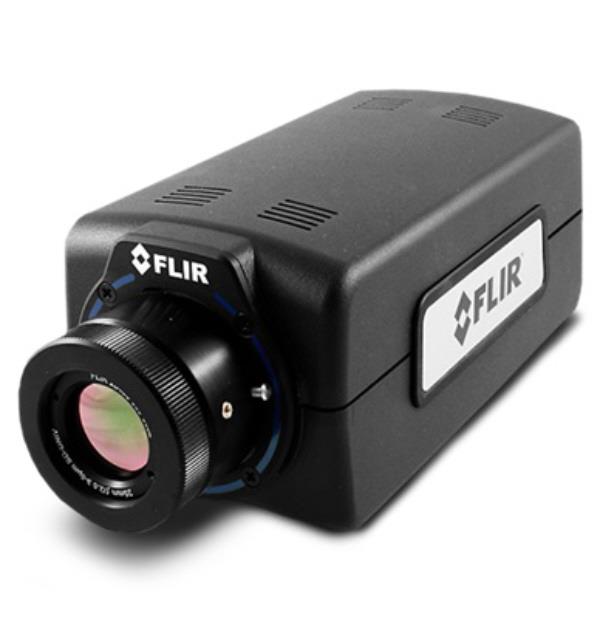Product research and development on internal combustion engines, brake rotors and tyres, and high- speed airbags are discussed as just a few of the areas that could truly benefit from high speed, high sensitivity thermal characterisation testing. Measuring temperature on objects that are moving fast is challenging. Traditional forms of temperature measurement such as thermocouples are not practical for systems in motion. Non-contact forms of temperature measurement such as spot pyrometers lack the fast response rates necessary to take accurate readings on fast moving objects or to thermally characterise a high-speed target accurately. In addition, infrared cameras with uncooled detectors are also unable to measure temperature accurately at extreme high speeds.
Without the appropriate tools for adequate thermal measurement and testing, automotive design engineers can lose time and efficiency, and risk missing defects that lead to dangerous products and expensive recalls.
 The authors of the white paper discuss how, in order to visualise and take accurate temperature readings on extremely fast-moving targets, you need a cooled thermal camera with a short exposure time and fast frame rate. This white paper explores thermal and quantum detector types, a camera’s ability to synchronise and trigger to external events, the importance of high sensitivity and the advantages of Longwave Infrared (LWIR) measurements.
The authors of the white paper discuss how, in order to visualise and take accurate temperature readings on extremely fast-moving targets, you need a cooled thermal camera with a short exposure time and fast frame rate. This white paper explores thermal and quantum detector types, a camera’s ability to synchronise and trigger to external events, the importance of high sensitivity and the advantages of Longwave Infrared (LWIR) measurements.
The white paper concludes that next generation LWIR camera technologies may offer automotive engineers a solution. These cameras incorporate 640 x 512-pixel high resolution detectors that can capture images at a rate of 1000 frames per second. In addition, using Strained Layer Superlattice (SLS) detectors, these cameras offer wide temperature ranges with a combination of great uniformity and quantum efficiency beyond that of traditional MCT and QWIP detector materials. These new technologies, plus the ability to synchronise and trigger remotely, give engineers and technicians the tools they need to address the difficulties of high-speed automotive testing.











